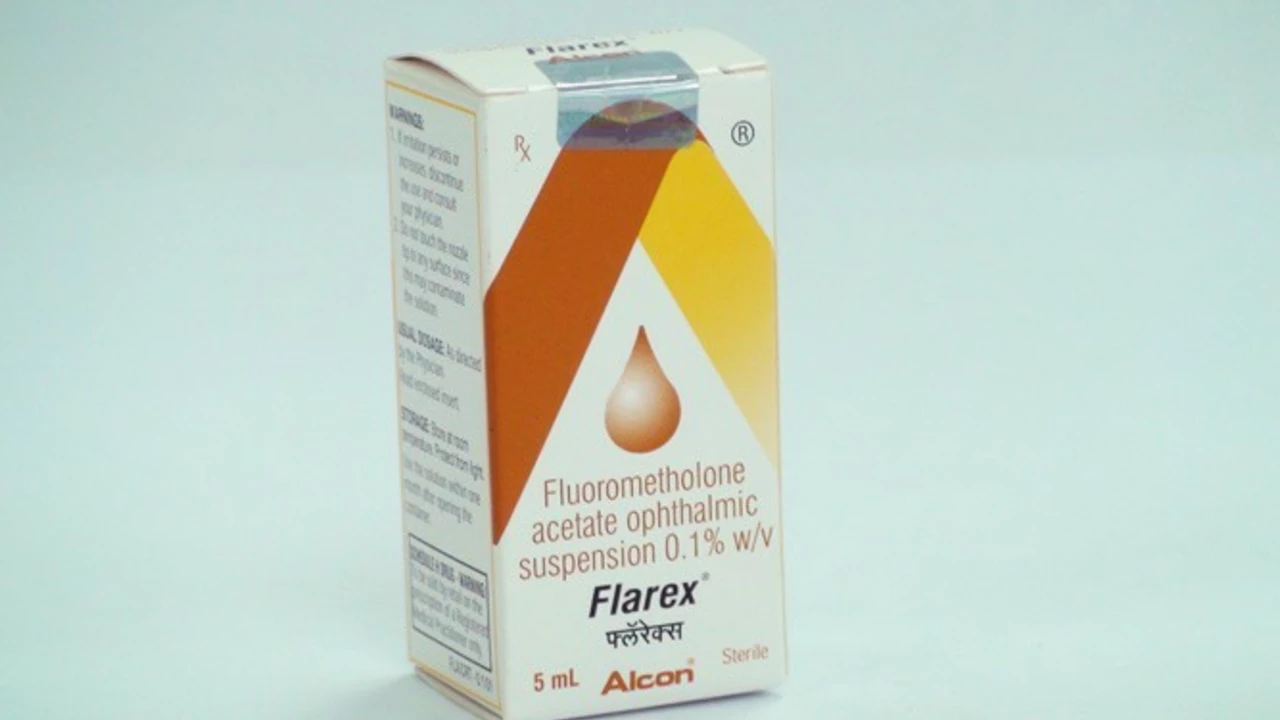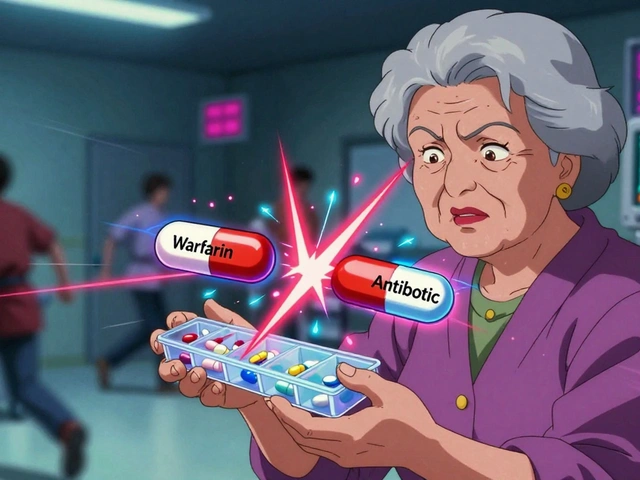Medication Mechanism: How Drugs Work in Your Body
Ever wonder why two pills that look different can treat the same problem? Or why one drug causes a side effect another doesn't? That all comes down to a medication's mechanism — the exact way it acts inside you. Knowing the basic mechanisms helps you ask smarter questions, avoid surprises, and use medicine more safely.
Common ways medicines act
Most drugs work by one of a few simple methods. Some bind to receptors on cells and either activate them (agonists) or block them (antagonists). Think of receptors like locks; some drugs are keys that turn them on, others jam them shut. Other medicines block enzymes — the proteins that speed up chemical reactions — so a harmful process slows down. A familiar example is statins lowering cholesterol by blocking an enzyme your liver uses to make cholesterol.
Some drugs change how ions move across cell membranes. Those are often used for heart rhythm problems, pain, or seizures. Others stop transporters — the proteins that move chemicals in and out of cells — which can change levels of neurotransmitters like serotonin or dopamine. Then there are prodrugs: inactive compounds that your body must convert into an active form. That conversion can be affected by genetics or other drugs, so prodrugs can behave differently from person to person.
Why the mechanism matters to you
Knowing how a drug works explains its effects and side effects. If a medicine blocks a receptor found in your stomach and brain, you might expect both digestive and mood-related side effects. Mechanism also helps explain interactions. Two drugs that need the same liver enzyme for breakdown can raise each other’s levels, increasing risk. That’s why your doctor asks about other medicines, supplements, and even grapefruit — it can change how some enzymes work.
Mechanism guides choices when one drug stops working or causes trouble. If a beta-blocker (which slows heart rate by blocking specific receptors) gives you bad fatigue, a doctor might switch to a drug that lowers blood pressure by a different route. Understanding basic classes — like diuretics, anticoagulants, or antidepressants — makes those conversations easier and faster.
Practical tips: always read the patient leaflet and ask which mechanism your drug uses. Tell your prescriber about other medications, alcohol, and herbal supplements. Mention family history if someone had odd reactions to drugs — genetic differences can change how you process certain medicines. Take medications at the same time each day and follow food instructions; timing and meals matter because they affect absorption.
Mechanisms aren’t just for pharmacists. A bit of simple knowledge helps you spot red flags, understand side effects, and work with your healthcare team. If something feels off — new symptoms, unusual tiredness, or sudden changes — check whether a drug interaction or mechanism-related effect could be the cause. Ask, don’t guess.





